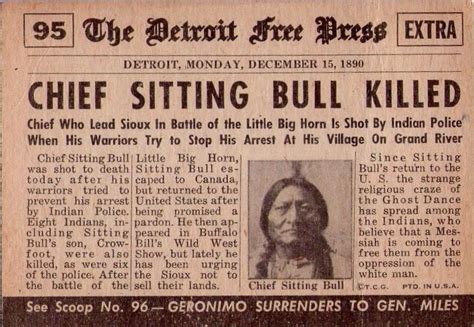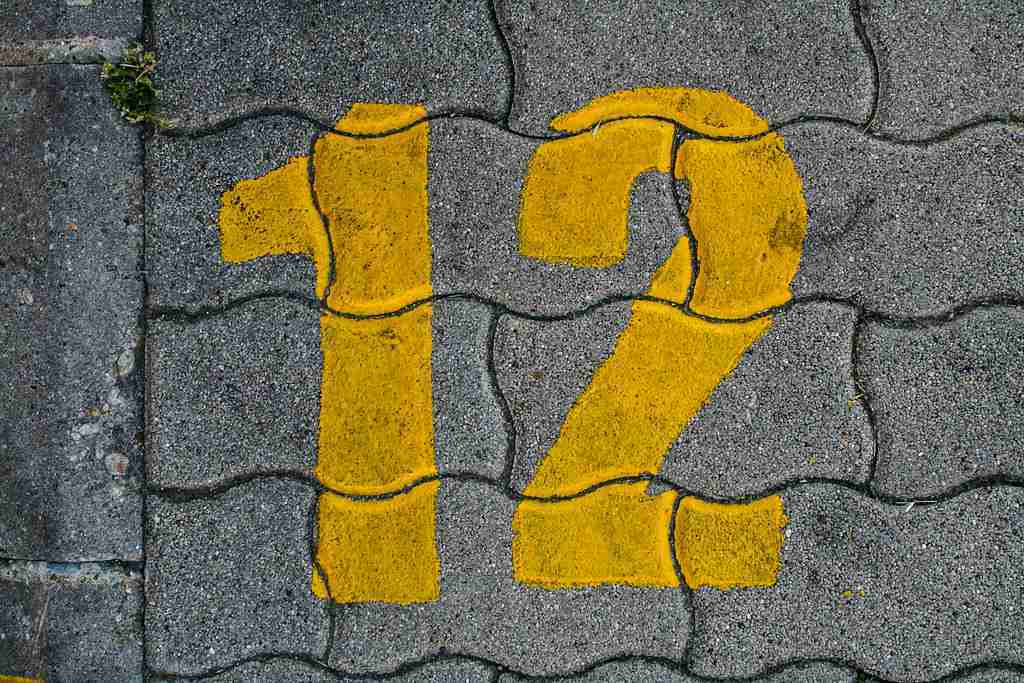The death of Sitting Bull, a Hunkpapa Lakota chief and holy man, has been a topic of interest for many historians and enthusiasts alike. Born around 1831, Sitting Bull was a prominent figure in the Battle of Little Bighorn, where the U.S. Army’s 7th Cavalry Regiment, led by Lt. Col. George Armstrong Custer, suffered a significant defeat. The battle, which took place on June 25, 1876, marked one of the most notable victories of the Great Sioux War of 1876. However, Sitting Bull’s life was cut short in a tragic event that unfolded on December 15, 1890.
To understand the circumstances surrounding his death, it’s essential to delve into the historical context of the time. The late 19th century was a period of significant turbulence for the Native American tribes, as they faced increasing pressure from the U.S. government to assimilate into white culture. The Indian Appropriation Act of 1871, which had abolished the recognition of Native American tribes as sovereign entities, further exacerbated tensions. The Dawes Act of 1887, also known as the General Allotment Act, aimed to divide Native American land into individual allotments, which could be sold to non-Native Americans, leading to the loss of land and cultural heritage for many tribes.
The Ghost Dance, a spiritual movement that emerged in the late 1880s, played a significant role in the events leading up to Sitting Bull’s death. The movement, which originated among the Paiute people, emphasized the return of the dead, the restoration of traditional ways of life, and the expulsion of white people from Native American lands. Many Native Americans saw the Ghost Dance as a means to revitalized their spiritual and cultural practices, which had been severely impacted by the forced assimilation policies and the loss of land.
Sitting Bull, who had been living on the Standing Rock Indian Reservation in what is now North Dakota, became increasingly involved in the Ghost Dance movement. His interest in the movement raised concerns among the U.S. authorities, who viewed it as a potential threat to their control over the Native American population. The U.S. government had been monitoring the Ghost Dance movement closely, and the killing of Sitting Bull was part of a larger effort to suppress the movement.
The events that led to Sitting Bull’s death began on December 15, 1890, when a group of Indian agency police, led by Lt. Henry Bullhead, arrived at his residence to arrest him. The police had been tasked with bringing Sitting Bull in for questioning regarding his involvement in the Ghost Dance movement. However, the arrest attempt quickly turned into a deadly confrontation. Sitting Bull, who was then around 59 years old, resisted arrest, and in the ensuing scuffle, he was shot and killed, along with several of his supporters and some of the police officers.
The cause of Sitting Bull’s death was a gunshot wound to the head, which was inflicted during the confrontation with the Indian agency police. The official investigation into his death concluded that the shooting was justified, as Sitting Bull had resisted arrest and posed a threat to the officers. However, many historians and Native American scholars have disputed this account, arguing that the killing was a deliberate act of violence aimed at suppressing the Ghost Dance movement and maintaining control over the Native American population.
In the years following Sitting Bull’s death, the Ghost Dance movement continued to spread across the Great Plains, but it was ultimately suppressed through a combination of violence, coercion, and cultural suppression. The Wounded Knee Massacre, which took place on December 29, 1890, marked the end of the Ghost Dance movement and the final defeat of the Native American resistance against the U.S. government.
The legacy of Sitting Bull continues to be felt today, with many regarding him as a symbol of resistance against oppression and a champion of Native American rights. His death, which occurred over 130 years ago, remains an important reminder of the need for greater understanding, respect, and reconciliation between the U.S. government and Native American communities.
What was the primary reason for Sitting Bull's involvement in the Ghost Dance movement?
+Sitting Bull was drawn to the Ghost Dance movement because it offered a means to revitalize traditional spiritual and cultural practices, which had been severely impacted by forced assimilation policies and the loss of land.
What was the official cause of Sitting Bull's death?
+The official investigation concluded that Sitting Bull's death was caused by a gunshot wound to the head, which was inflicted during a confrontation with Indian agency police who were attempting to arrest him.
What was the significance of the Ghost Dance movement in the context of Native American history?
+The Ghost Dance movement represented a powerful symbol of Native American resistance against the U.S. government's forced assimilation policies and the loss of land. It also marked a poignant attempt to revitalize traditional spiritual and cultural practices in the face of overwhelming oppression.
In conclusion, the death of Sitting Bull was a tragic event that marked the end of an era for Native American resistance against the U.S. government. The circumstances surrounding his killing serve as a powerful reminder of the complex and often fraught history between the U.S. government and Native American tribes. As we reflect on this period in American history, it is essential to approach the topic with sensitivity, respect, and a deep understanding of the cultural and historical context in which these events unfolded.



